You can make homemade Passion Fruit Syrup with fresh passion fruit or frozen! With just 3 ingredients and a few minutes, you can use it to add fruity sweetness to your favorite hot or cold teas, smoothies, mocktails, overnight oats, and to top ice cream.
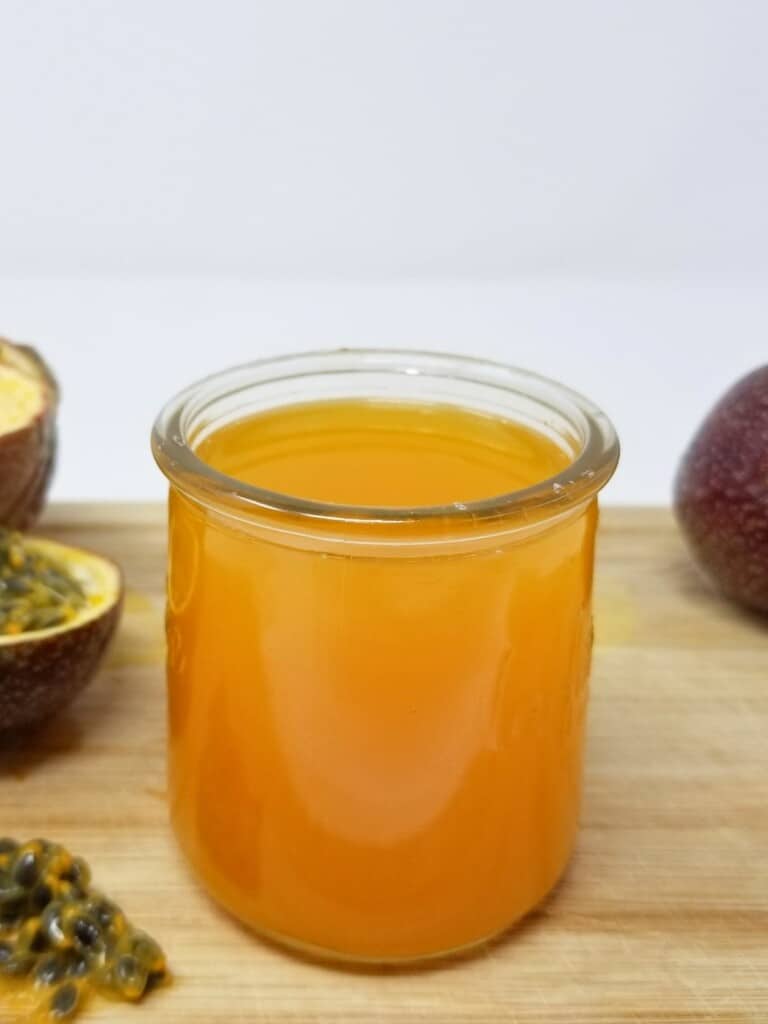
Jump To
About this recipe
A Note on Sugar & Histamine: unlike a traditional passion fruit simple syrup, this allulose & monk fruit-based version is virtually calorie-free & not inflammatory, making it a low histamine sweetener. All in all the allulose & monk fruit blend I use can be replaced 1:1 for sugar, but like with any other food, allulose should be (re)introduced to your diet slowly, and then moderately, and then in full portion sizes.
'Simplify' Your Beverages: whether making an iced ginger tea in the summer or drinking hot herbal tea in the winter, this homemade passion fruit simple syrup will make them easy to sweeten. From smoothies and mocktails to soft serve and tisanes, now you can sip more sweetly without worrying about an increased histamine burden!
Long Lasting: you can store this homemade sugar-free passionfruit syrup in the depths of your freezer for up to six months (or even a year, if stored particularly well), so you can make a larger batch and keep using it for a whole season.
Ingredients
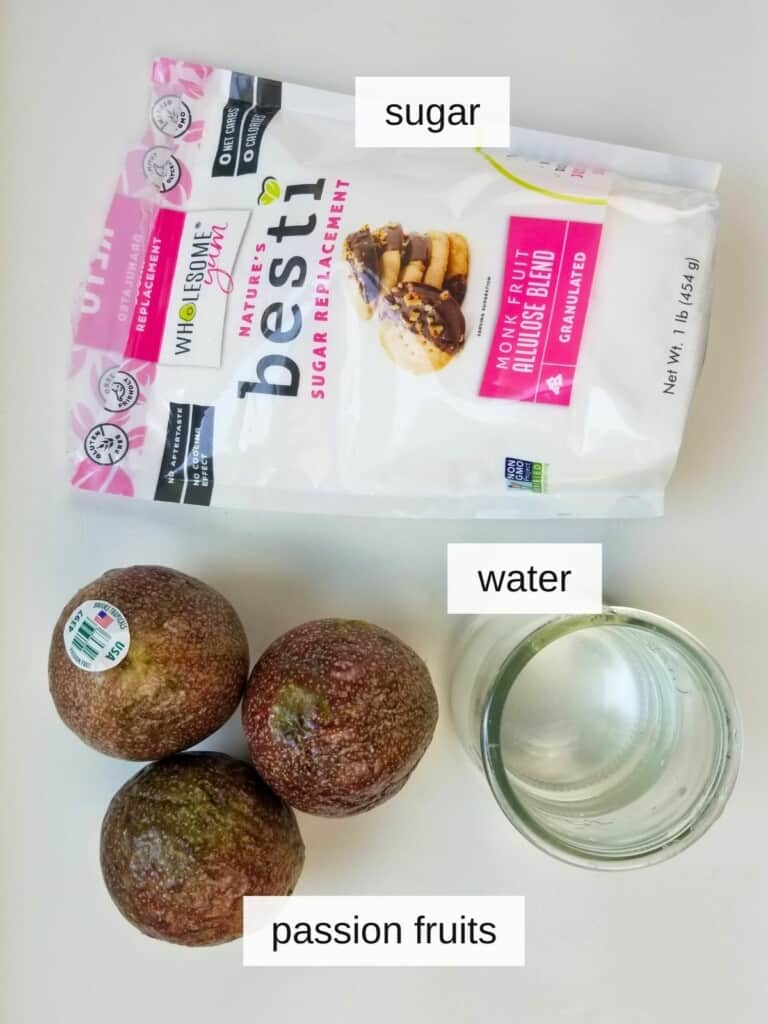
Passion Fruit: whether you use fresh pulp or frozen, you can make this passion fruit simple syrup just the same!
Allulose & Monk Fruit: other than water & passion fruit, the only ingredient in this no sugar passionfruit syrup is my favorite allulose & monk fruit sweetener blend, which to me has no aftertaste. However a very small portion of the population are super tasters, and to them allulose &/or monk fruit may taste somewhat bitter. Make sure you're not one of those people before you invest in a very large bag for mocktail-making.
How to make passion fruit syrup at home: step-by-step instructions
Step 1. If using passion fruit pulp, defrost & measure it then skip to step 2. Make sure to buy wrinkly passion fruits (they're the ripest), then cut each passion fruit in half and scoop out the pulp into a glass.
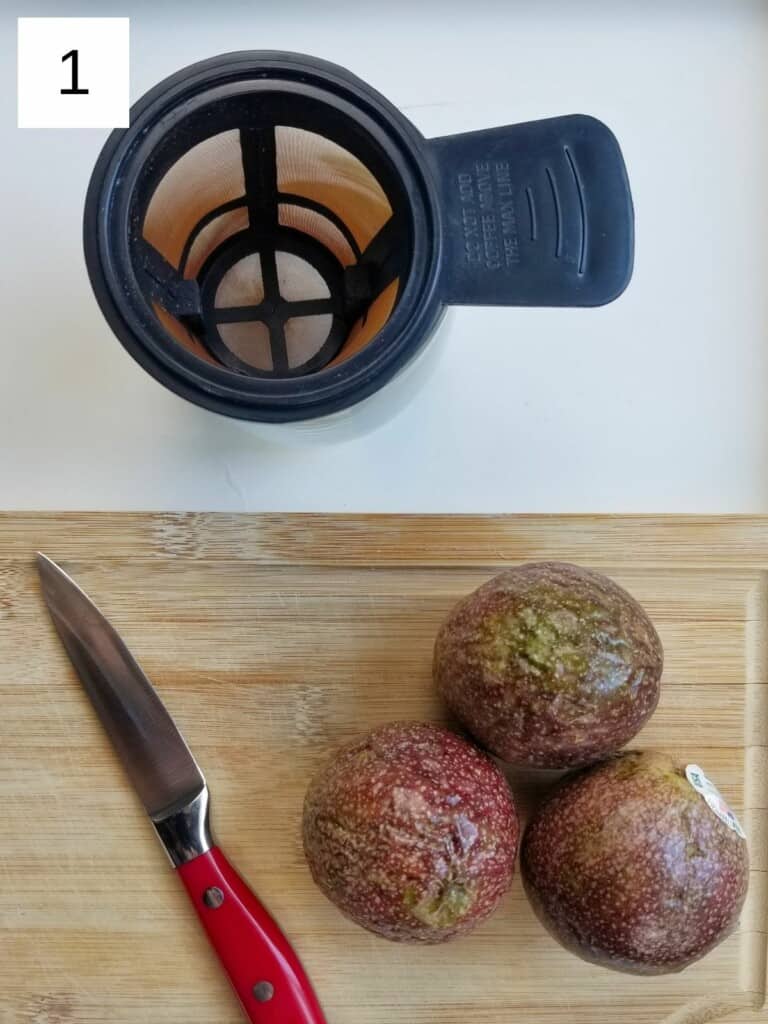
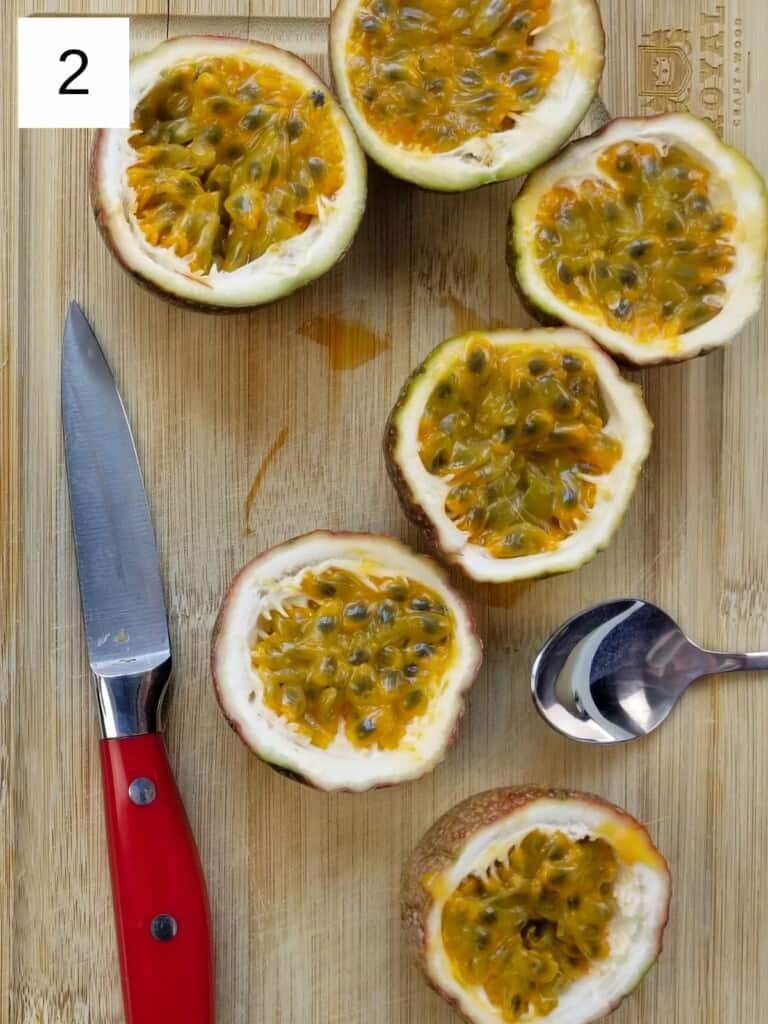
Step 2. Mash the mixture lightly to break down the pulp, but not hard enough to break the seeds, then strain the mixture and set aside the passion fruit juice (this took me about 5 minutes).
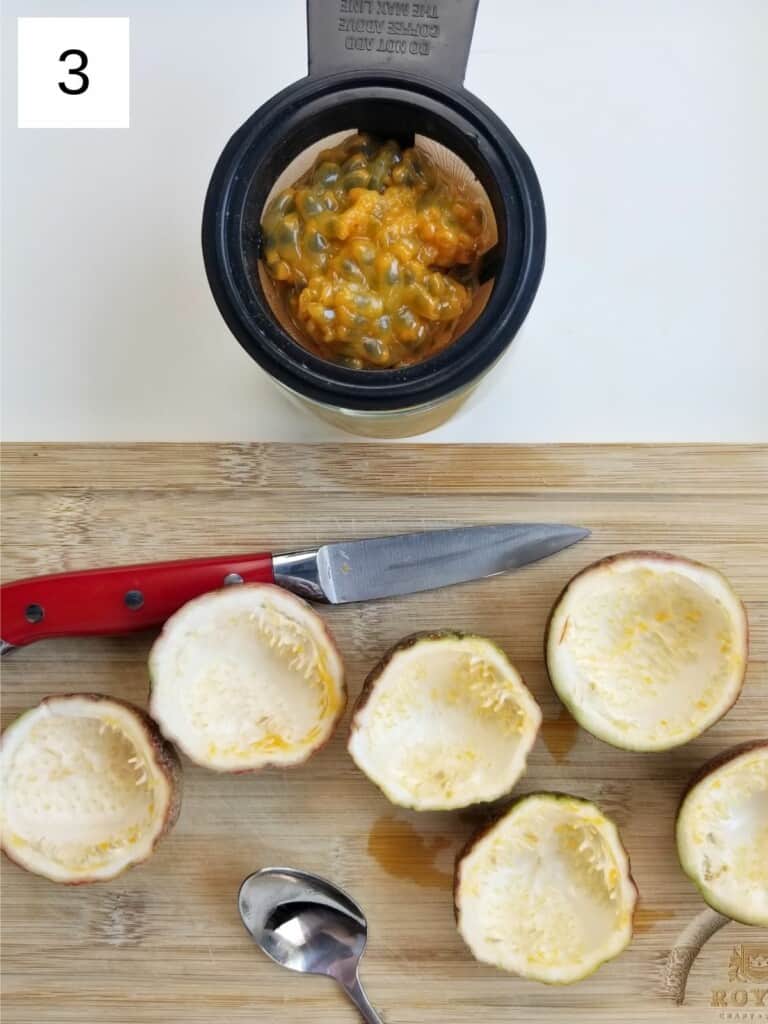
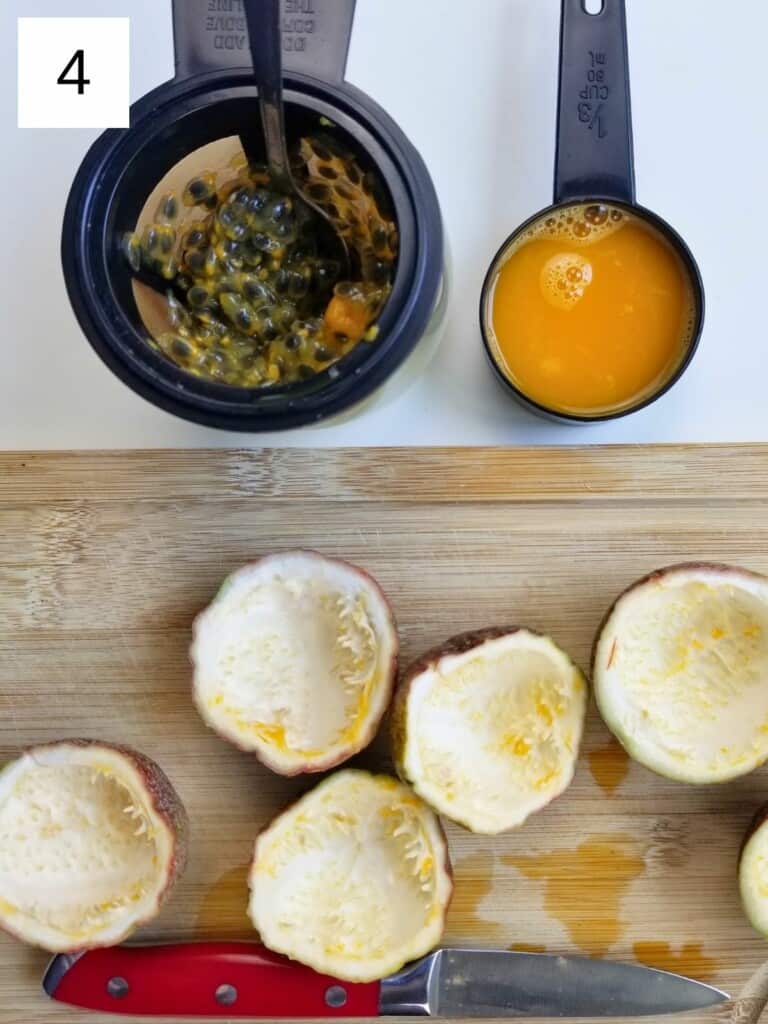
Step 3. Next, put the water and sugar into a small pot over medium heat, and stir it constantly with a silicone spatula until the sweetener has dissolved (less than a minute).
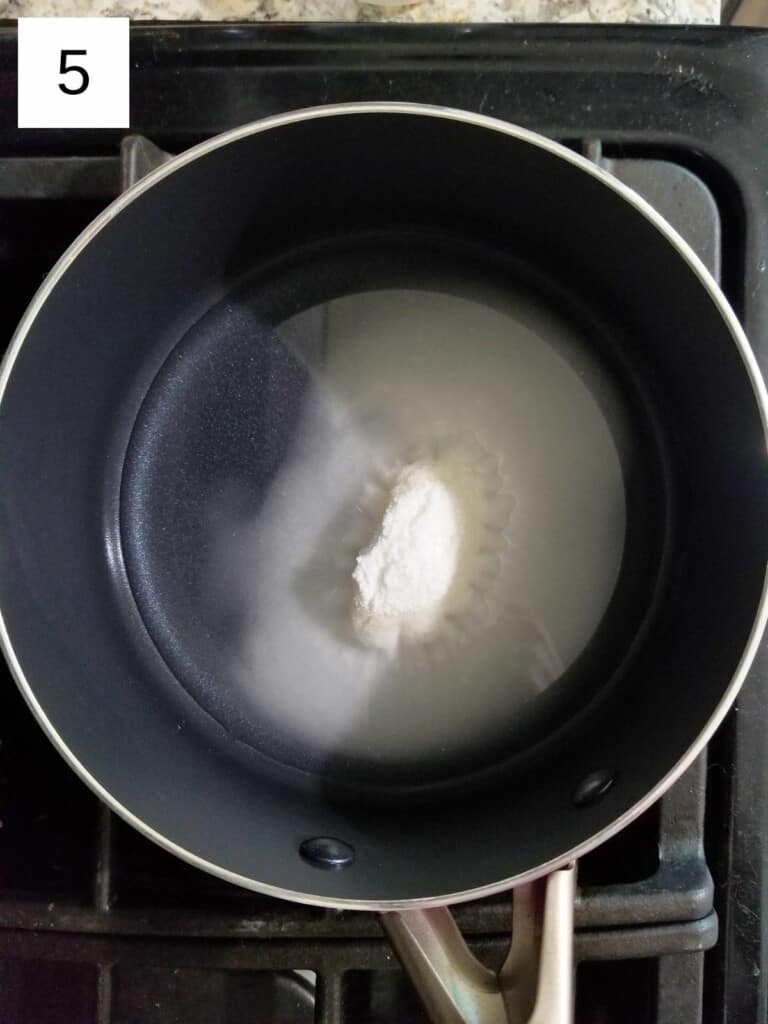
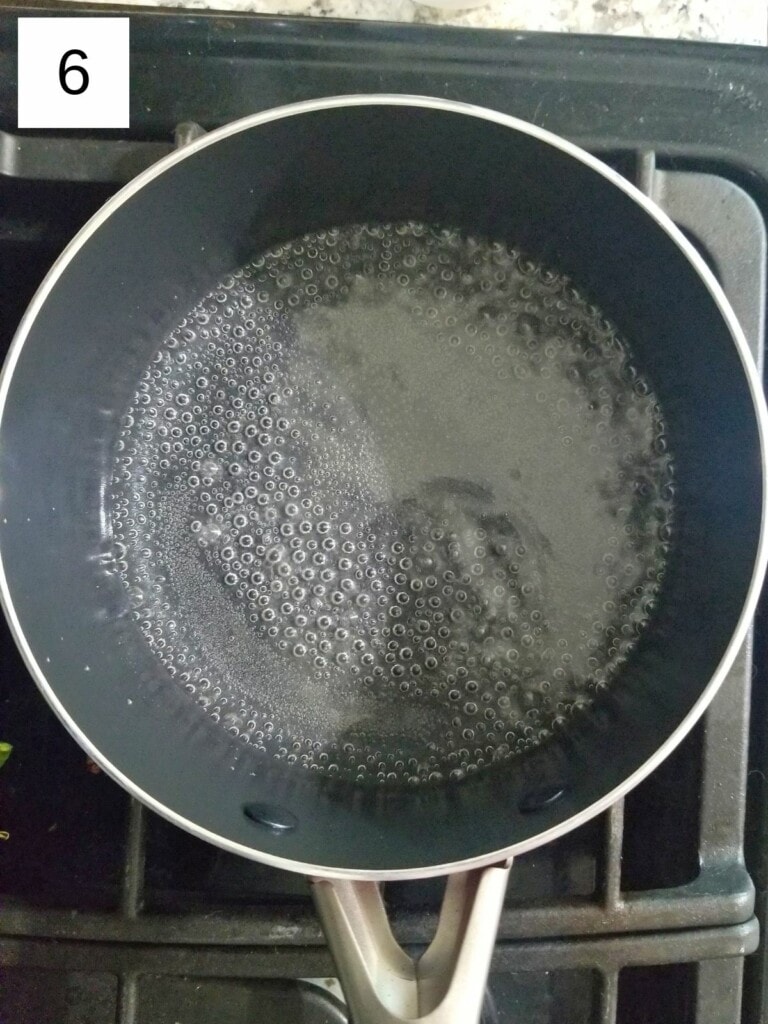
Step 4. Then let it heat until just starting to simmer, set a timer for one minute of simmering, and turn off the heat when the timer goes off. Immediately pour in the passion fruit juice and stir well, then move the pot off the heat to a cool burner and let it get to room temperature (about an hour). Do not cover it or the syrup will end up too thin; the cooling time also lets more of the water evaporate out.

Step 5. Once cooled, pour your passionfruit syrup into a glass jar, close the jar and store it in the fridge for up to 2 weeks or the freezer for up to 6 months. For more flair, feel free to add some of the black passion fruit seeds back in.
Recipe notes & tips
Defrosting Passion Fruit Puree: I highly recommend using passion fruit puree rather than the juice, and if you use the frozen stuff you may want to use an extra tablespoon of it.
Swapping Sweeteners: You can use these ratios with a number of other granulated sweeteners to make a passionfruit simple syrup, but it won't work with powdered sugar or stevia due to the consistency. Some other sweeteners you could try it with are brown sugar, coconut sugar, date sugar, panela, and jaggery.
Corn Allergies: If you have any issues with corn, make sure to buy your allulose from a company which specifically doesn't source their allulose from corn, as much allulose is manufactured from corn. However it's also found in small amounts in figs, raisins, wheat, maple syrup and molasses.
At roughly five times the price of white sugar, allulose can be a hard sell. But for those who choose to splurge for it, allulose has none of the inflammatory effects, doesn't cause tooth decay, has no calories, and has no effect on insulin.
What to do with simple syrup
- use it to sweeten mocktails (or even homemade cocktails!)
- add it to large batches of low histamine teas
- sweeten your morning non-caffeinated blue flower latte
- blend it into a vanilla flax pudding
- use is as a bonder for homemade granola
- mix it into your favorite smoothie
Passionfruit Syrup Recipe Card
As always, if you like the recipe, I really appreciate a 5-star review or comment!
📖 Recipe
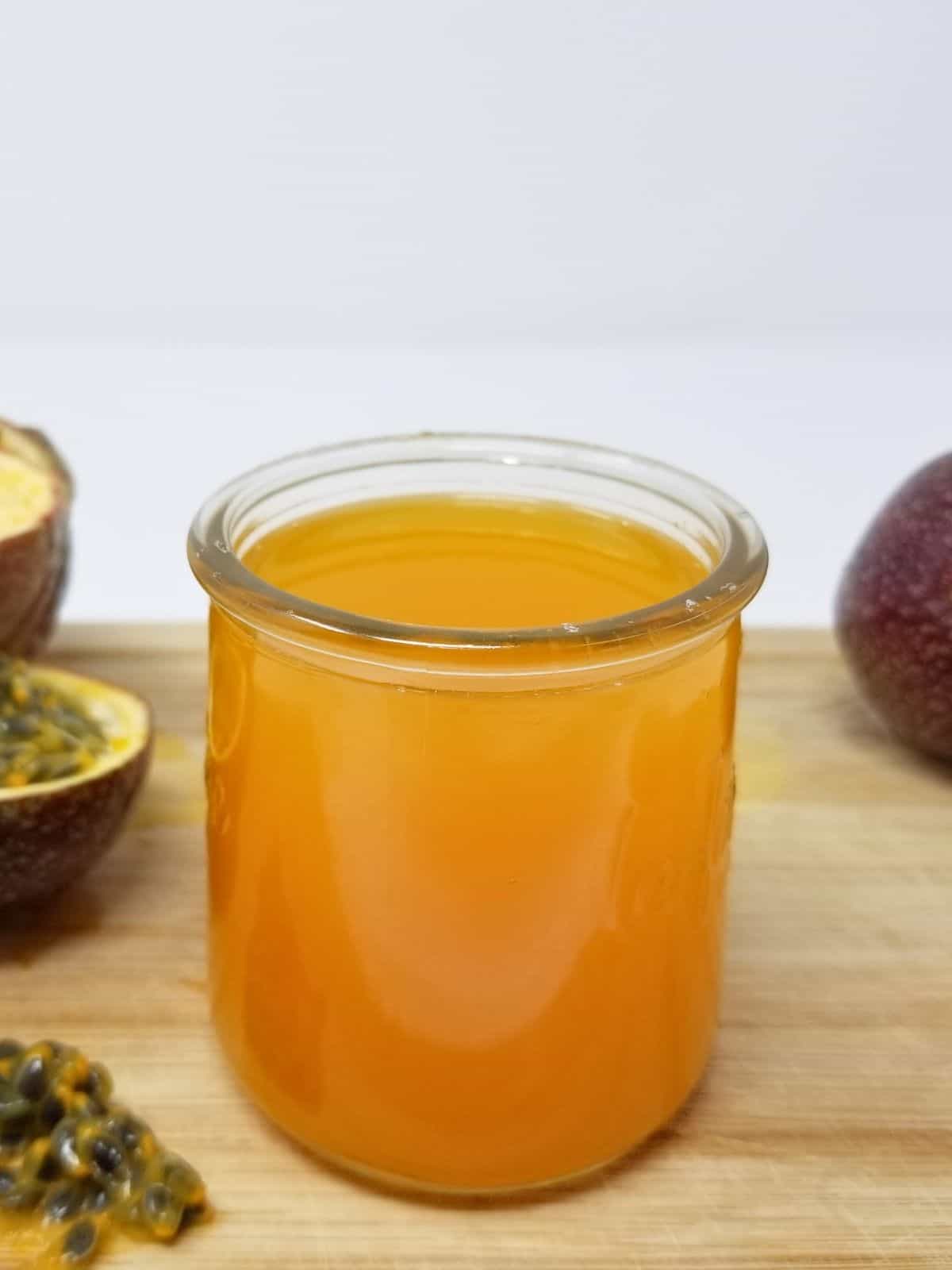
Homemade Passionfruit Syrup (Sugar-Free Option)
Ingredients
- ½ Cup sugar or allulose monk fruit sweetener
- ½ Cup filtered water
- 3 ripe passion fruits ~⅓ cup passion fruit pulp
Instructions
- If using passion fruit pulp, defrost & measure it then skip to step 2. Make sure to buy wrinkly passion fruits (they're the ripest), then cut each passion fruit in half and scoop out the pulp into a glass.
- Mash the mixture lightly to break down the pulp, but not hard enough to break the seeds, then strain the mixture and set aside the passion fruit juice (this took me about 5 minutes).
- Next, put the water and sugar into a small pot over medium heat, and stir it constantly with a silicone spatula until the sweetener has dissolved (less than a minute).
- Then let it heat until just starting to simmer, set a timer for one minute of simmering, and turn off the heat when the timer goes off. Immediately pour in the passion fruit juice and stir well, then move the pot off the heat to a cool burner and let it get to room temperature (about an hour). Do not cover it or the syrup will end up too thin; the cooling time also lets more of the water evaporate out.
- Once cooled, pour your passionfruit syrup into a glass jar, close the jar and store it in the fridge for up to 2 weeks or the freezer for up to 6 months. For more flair, feel free to add some of the black passion fruit seeds back in.

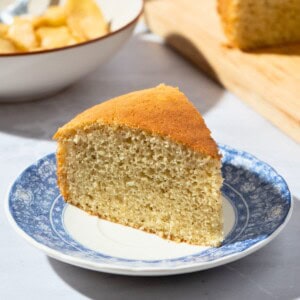











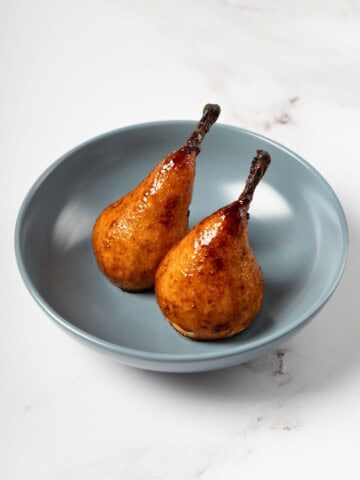
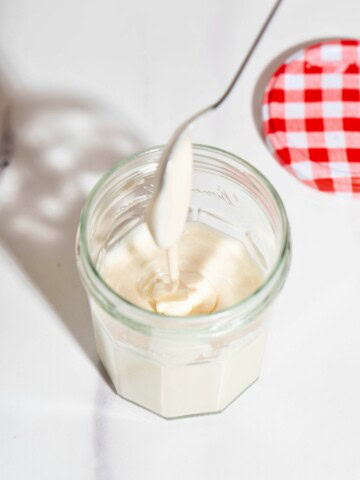
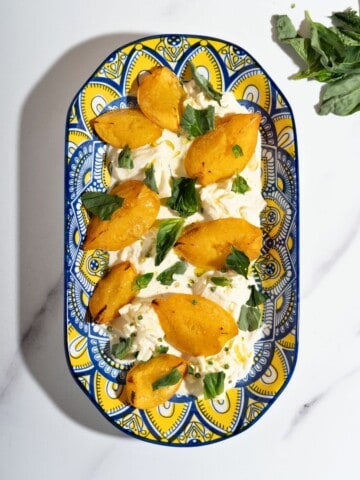

Comments
No Comments